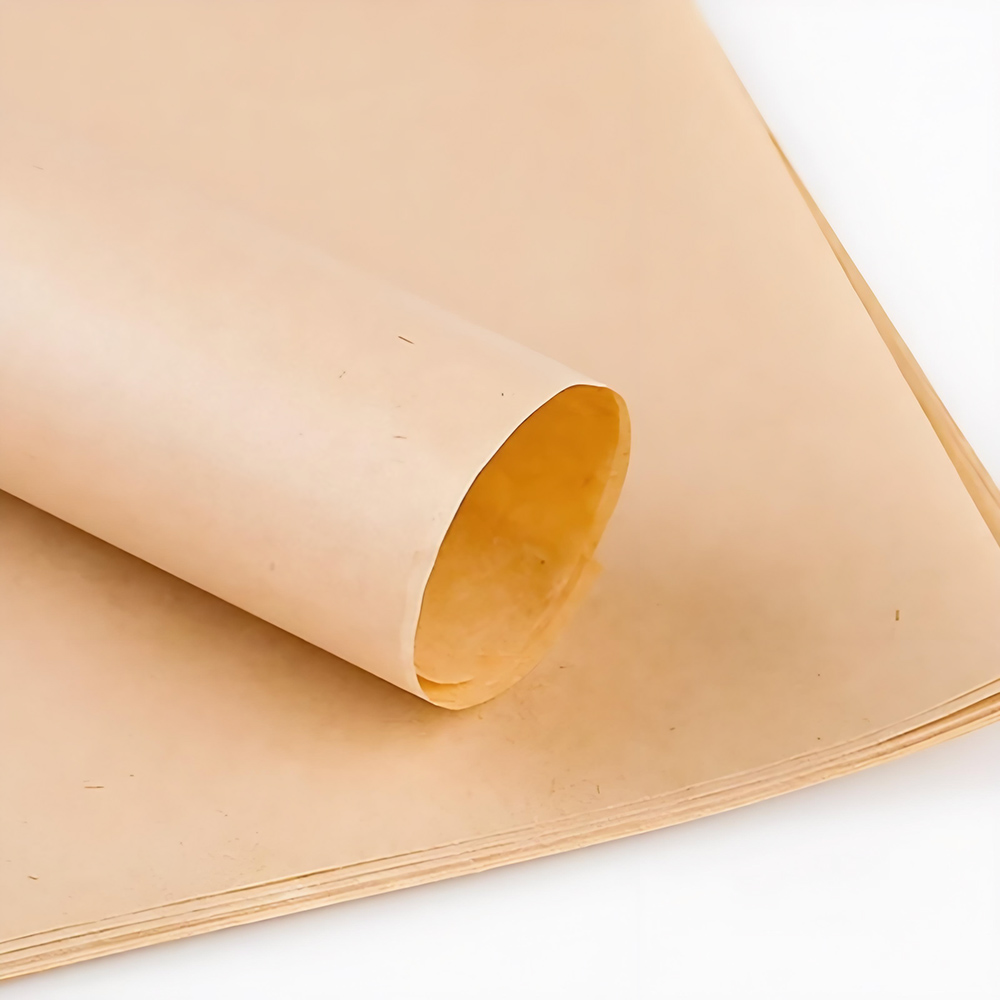What Kind of Paper is Used for Butter Wrapping?
Aluminum Foil Laminated Paper in Factories
In commercial butter production, aluminum foil laminated paper is the industry standard. This paper combines a shiny silver aluminum foil layer with a white inner food-grade coating. The aluminum layer acts as a barrier against light, moisture, and oxygen, while the inner layer prevents direct contact with the metal and keeps the butter flavor intact.
Factory laminated paper is not only functional but also highly versatile for branding: it can be printed with logos, nutritional information, and expiration dates. For large-scale production, its mechanical compatibility is essential—machines can quickly wrap hundreds of butter blocks per hour, ensuring consistent quality and hygiene. Interestingly, this type of packaging dates back to the early 20th century when aluminum foil became widely available, revolutionizing the way butter was preserved and transported.
Options for Wrapping Homemade Butter

When it comes to home kitchens or small-scale butter making, the priorities shift from industrial efficiency to convenience, safety, and freshness. Home cooks often need a paper that prevents butter from sticking to surfaces, blocks odors, and is easy to handle in small batches.
While factory laminated paper could theoretically be used at home, it is often overkill and less practical. Instead, two types of papers are more suitable: oil-proof paper and waxed base paper. These options are easier to cut and fold, allow for airtight storage in the fridge or freezer, and give more flexibility for portioning butter. They also give homemade butter a personalized, artisanal touch that factory packaging lacks.
Oil-Proof Paper: Simple and Effective
Oil-proof paper is a practical and modern solution for wrapping butter at home. Its surface is specially treated to resist fats and moisture, keeping the butter from sticking or leaking. The paper’s neutral, smooth texture makes it easy to fold around small blocks or pats of butter, and it can even be used for short-term freezer storage.
Besides practicality, oil-proof paper is highly adaptable. Some versions come unbleached and eco-friendly, appealing to users who want to reduce chemical exposure. Others are slightly coated for extra moisture resistance. A handy tip: lightly folding and pressing the paper around butter creates a tight seal, which helps prevent odor transfer from other foods in the fridge. This paper is especially popular for home bakers or those who enjoy making small, gift-sized butter portions.
Waxed Base Paper: Traditional Yet Reliable
Waxed base paper offers a more classic approach to butter wrapping. Its surface is coated with a thin layer of wax, usually paraffin or natural beeswax, creating a moisture- and oil-resistant barrier. This type of paper is ideal for small-scale butter storage and lends a rustic, artisanal feel that is visually appealing.
Unlike modern oil-proof paper, waxed base paper can be partially reusable for short-term storage if kept dry. It also works well in baking applications, such as lining pans or wrapping dough, giving it multi-purpose functionality in the kitchen. Environmentally conscious users often prefer waxed paper made from sustainable sources or natural waxes. Wrapping butter in waxed paper can also be a nostalgic experience, connecting modern kitchens with traditional food preparation practices.
Conclusion
Selecting the right paper for butter depends on your purpose. Industrial butter production relies on aluminum foil laminated paper for its barrier properties, branding potential, and suitability for high-speed wrapping machines. For homemade or repackaged butter, oil-proof paper and waxed base paper provide practical, safe, and aesthetically pleasing alternatives. By considering factors like freshness, storage method, ease of use, and environmental impact, both professionals and home cooks can ensure that butter remains flavorful and intact while reflecting personal or brand values.


